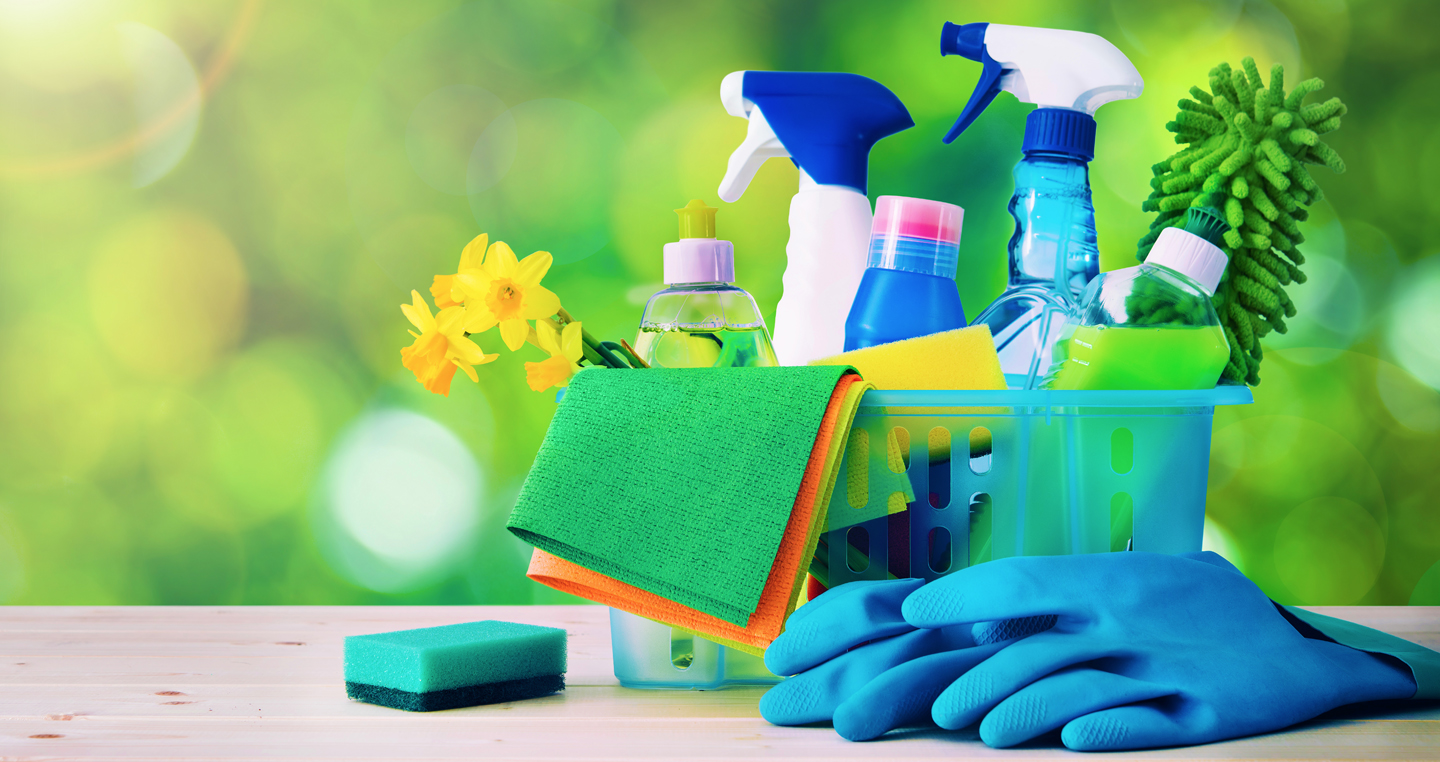Precisely How to Master Everyday Cleaning: Tips for Effective Defrosted and Cleaned Every Few Months and Decluttering
Precisely How to Master Everyday Cleaning: Tips for Effective Defrosted and Cleaned Every Few Months and Decluttering
Blog Article
Understanding the Requirement for Extensively Sanitizing and Disinfecting Frequently Touched Surface Areas in High-Traffic Locations
In the world of public health and wellness and security, the precise disinfection and sanitization of frequently touched surface areas in high-traffic locations stand as vital procedures in stopping the spread of dangerous virus. By checking out the different elements of surface area sanitation, from the risks connected with overlooking cleaning methods to the effective methods that can be used, a more clear understanding emerges of the important role these techniques play in securing public health.
Importance of Surface Area Disinfection
Emphasizing the detailed disinfection of high-traffic surfaces is vital in preserving a hygienic atmosphere and avoiding the spread of harmful virus. High-touch surfaces such as door takes care of, light buttons, elevator buttons, and countertops function as breeding premises for bacteria and infections. Normal disinfection of these surface areas is necessary to decrease the threat of contamination and transmission of diseases.
By applying a robust sanitation method, companies and establishments can create a much safer environment for visitors, employees, and clients. Appropriate surface area sanitation not only alleviates the spread of transmittable conditions however likewise imparts self-confidence in the sanitation and safety of the facilities. This positive strategy shows a commitment to health and wellness and health, which is specifically important in high-traffic areas where the possibility of exposure to microorganisms is increased.
In addition, surface area sanitation plays an essential function in general infection control methods. Integrated with hand health methods, using masks, and preserving physical distancing, detailed sanitation of high-touch surface areas creates a detailed protection versus the transmission of damaging bacteria. Prioritizing surface disinfection is an important element of an alternative method to health and wellness in shared spaces.
Threats of Neglecting Cleansing Practices
Disregarding detailed sanitation of high-traffic surfaces considerably heightens the risk of microbial and viral contamination, presenting a major risk to the health and wellness of people frequenting these spaces. Failing to carry out appropriate cleaning techniques can cause the accumulation and spread of harmful virus, including viruses and microorganisms, on often touched surfaces such as doorknobs, hand rails, elevator buttons, and counter tops.

In addition, overlooking the significance of thorough cleansing not only endangers the wellness of people however additionally weakens initiatives to preserve a sanitary and clean setting. It is important to identify the importance of correct disinfection methods in stopping the spread of infections and safeguarding public health and wellness.
Reliable Disinfection Approaches
To preserve optimum sanitation and reduce the risk of contamination on high-traffic surfaces, employing efficient disinfection techniques is necessary. One of the most reliable and usual sanitation approaches is making use of chemical anti-bacterials.
An additional reliable approach is using UV-C light. UV-C light has actually been revealed to be reliable in eliminating a large selection of microbes by interrupting their DNA framework, hence stopping them from reproducing. It is essential to make use of UV-C light effectively, making sure that the right intensity and exposure time are used to accomplish the preferred disinfection anonymous outcomes.
Furthermore, employing vapor click cleaning as a sanitation technique can be very efficient, especially on surface areas that are heat-resistant. Steam can pass through porous surface areas and eliminate microorganisms, viruses, and other pathogens successfully. When using vapor cleaning, it is essential to guarantee that the surface area reaches the needed temperature for an adequate quantity of time to guarantee correct disinfection.
Influence On Public Health
The maintenance of high criteria of cleanliness and sanitation on high-traffic surface areas plays an important duty in protecting public wellness. Frequently touched surfaces in locations with high tramp, such as doorknobs, handrails, elevator switches, and toilet facilities, function as reproducing grounds for damaging virus. Falling short to sufficiently decontaminate these surfaces can lead to the fast spread of transmittable conditions within communities. By executing detailed disinfection protocols, the danger of transmission of viruses, germs, and various other bacteria can be considerably minimized.
In high-traffic areas like airport terminals, institutions, medical facilities, and public transportation systems, the influence of rigorous sanitation procedures can not be understated. Focusing on the sanitization of frequently touched surface areas is a positive approach to advertising public health and boosting the security of people in shared rooms.
Carrying Out Regular Cleansing Protocols
Without delay instituting and sticking to a consistent timetable of like it cleaning procedures is paramount for preserving the cleanliness and security of high-traffic surface areas. Regular cleansing protocols are necessary in avoiding the build-up of germs and microorganisms on regularly touched surface areas, especially in locations with high foot traffic. By executing an organized approach to cleaning, companies can effectively minimize the threat of disease transmission and produce a much healthier environment for employees, clients, and the general public.
To establish an effective cleaning timetable, it is crucial to determine high-traffic areas that require constant interest. These areas may consist of doorknobs, handrails, lift switches, washroom facilities, and common tools. Executing a routine cleansing routine that targets these surface areas numerous times a day can significantly decrease the spread of dangerous microorganisms and infections.
In addition, utilizing appropriate cleaning agents and disinfectants is essential to guaranteeing that surfaces are completely sterilized. Routine training of cleaning up personnel on appropriate cleaning methods and the significance of adherence to the cleaning schedule is also vital in maintaining a sanitary setting. By focusing on constant cleaning protocols, organizations can promote the wellness and health of people who communicate with these high-traffic surfaces.

Verdict
In conclusion, it is vital to focus on thorough disinfection and sanitization of often touched surfaces in high-traffic areas to avoid the spread of unsafe pathogens and maintain public health. Overlooking proper cleaning practices can enhance the risk of contamination and transmission of diseases. By executing regular cleaning protocols and using reliable sanitation approaches, we can develop a more secure atmosphere for everybody (Vacuum Carpets). It is essential to recognize the value of keeping clean surfaces in high-traffic areas to make certain the health of the neighborhood.
In the realm of public health and wellness and safety and security, the meticulous sanitation and sanitization of regularly touched surfaces in high-traffic locations stand as extremely important actions in preventing the spread of damaging virus. By checking out the numerous facets of surface disinfection, from the dangers associated with disregarding cleansing protocols to the efficient approaches that can be employed, a more clear understanding arises of the essential role these practices play in guarding public health and wellness.In addition, utilizing vapor cleansing as a sanitation method can be highly effective, particularly on surface areas that are heat-resistant. When making use of heavy steam cleansing, it is crucial to make sure that the surface reaches the needed temperature level for an adequate amount of time to assure appropriate disinfection.
In conclusion, it is crucial to focus on extensive disinfection and sanitization of often touched surface areas in high-traffic locations to prevent the spread of dangerous virus and maintain public health and wellness.
Report this page